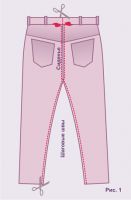 Needless to say, jeans are a cult of our time. They are worn by everyone - from fashionistas to beggars.
Needless to say, jeans are a cult of our time. They are worn by everyone - from fashionistas to beggars.
Let's try to alter jeans - to make small ones out of large ones.
The proposed method allows you to reduce jeans by 2 - 4 sizes.
For a larger reduction, you will have to remove the rivets and / or rip off the factory fasteners from the side seams, front and back pockets, and completely rip off the belt.
But this is laborious and can ruin the product.
Therefore, for a greater reduction, the method of completely redrawing the product is more appropriate. But back to our simple version of the alteration.
We need big jeans and jeans that fit.
We need the second ones in order to take measurements from them, since for rework it is more convenient to take measurements from a reference product than from a customer.
We cut off the step seams (Fig. 1).
We undermine the belt behind the seam of the seat by 3-5 cm in each direction.
We cut the belt in the middle and cut off the seam of the seat.
The bottom is undercut in the area of step cuts or, if the length allows, it is simply cut off.
After such a simple preparation, we sew the ripped ends of the belt to the RFP of the trousers.
Attention! The belt is cut, but each half of it must be firmly sewn to the waist section and the ends of the lines must be firmly fixed.
The next operation is taking measurements from the reference product.
You need to measure the width of the leg at the level of the upper thigh, knee and bottom.
And also take a measurement of the length of the saddle - from the upper cut of the belt in front, to the upper cut of the belt at the back along the bow (clasp) and the seat.
That is, between the legs (see also the article "Removal of measurements").
Considering all the measurements taken, sweep the legs along the step cuts from the bottom to the seat (Fig. 2).
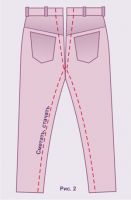 At the same time, it is important to combine the bottom and, if the step cut of the RFP turns out to be longer, release it up.
At the same time, it is important to combine the bottom and, if the step cut of the RFP turns out to be longer, release it up.
Then you should sweep the seam of the seat from the waist down, combining the sections of the belt and the yoke.
Please note: the belt must be swept very firmly, with locking stitches so that the basting does not burst during the fitting.
When the trousers are swept, they can be tried on for the customer.
When trying on, you should specify the depth of the seat (the depth of the trousers), the width at the waist and the length.
Slice processing.
The seam of the seat is ground twice.
Let us consider in detail the nuances of processing, on which the wear resistance of jeans depends.
Grind the seam of the seat should first be from above, carefully securing the belt and the joint of the coquettes.
At the bottom, the seam must be stretched so that the line does not tear when the fabric is pulled.
The second stitching is done from below and with stretching in the buttocks.
The second line should be at a distance of 1 - 2 mm from the first.
After grinding, the sections of the seat-belt are overcast on the overlock.
The allowance is NOT cut off.
It will come in handy if the customer gets better.
Finally, the seam of the seat is ironed out, the allowances in the waist area are fixed manually or by machine.
If necessary, another loop is added at the back - the middle one.
Having finished with the seam of the seat, we sweep the step cuts.
Then we overcast them on an overlock, at the same time cutting off the excess and, of course, ironing.
The last operation is the bottom. It can be processed, as is usually processed in jeans - into a hem with a closed cut.
But, not all household machines are able to cope with such a task.
Therefore, to reduce the thickness of the bottom, you can overcast the cut on the overlock, sweep it up and lay the finishing line or hem it in a sweat.
Download:
Ready-made patterns of women's trousers
Life size patterns of men's trousers
Skirts, trousers patterns
For men
|
||||||||||||








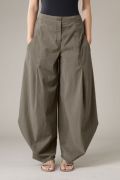
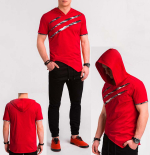

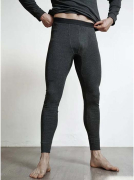






 Join my community on Viber...
Join my community on Viber...











